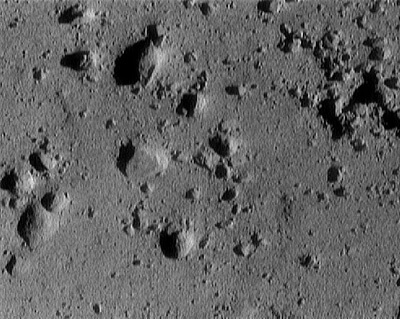Such missions are done when the spacecraft is at the end of its journey, its fuel supply is almost zero and in the end it will crash on the star it orbits or burn up in its atmosphere.

This title may sound strange. If you send a spacecraft into orbit around the Earth or to another destination in the solar system, why would it kill itself?
This phrase is an oxymoron, yet such tasks have their own logic. Such missions are done when the spacecraft is at the end of its journey, its fuel supply is almost zero and in the end it will crash on the star it orbits or burn up in its atmosphere. What is being done is a final extortion of information even in its last moments. This was the case with the NEAR spacecraft that orbited the asteroid Eros. In November 2002, when only a few drops of fuel remained in it, they took advantage of this to land the spacecraft on its surface (see: The sand lakes of the asteroid Eros). Since the spacecraft did not have landing pads, two of the solar collectors were used for this purpose. This was possible for two reasons: one reason is that the weight of the spaceship was significantly less in the final stages of the flight since there is no more fuel in its tanks. The second reason is the almost zero gravity of the asteroid so that the solar collectors could withstand this load. Until the last moments, the cameras continued to work and the result - photography from zero distance of the surface and this has the greatest scientific value. When the Galileo spacecraft finished its work, it was pointed into Jupiter's atmosphere and its instruments continued to work until it was crushed by its great atmospheric pressure. For the first time valuable information was obtained from the atmosphere.
This experience can be used as a valuable tool in the investigation of planets, moons and asteroids. It would therefore be prudent to plan suicide missions for spacecraft when they reach the end of their journey. The Cassini spacecraft is planned to enter Saturn's atmosphere in its final moments. There can also be a situation in which new things are discovered during the ongoing operation of the spacecraft. In this case you should find other terminal tasks. In the case of the Cassini, it might be worthwhile to put the spacecraft into one of the canyons - Tiger Strips - of Enceladus, Saturn's moon, and get close-up photos of its sides and bottom, and maybe see and measure in real time what happens during an eruption of geysers.
As a general rule, the suicide task must be found that will give the best optimal scientific results. This information will be used in future missions. If the spaceship has several sub-spacecrafts, each of which is intended for a different mission, as an example, the mother spaceship launched to Jupiter and has several spaceships that detach from it when the time comes and are put into orbit around its large moons, it is possible and desirable to plan a suicide mission for each spaceship. Astronomical research can only benefit from this.
Spaceships crashed on the moon
